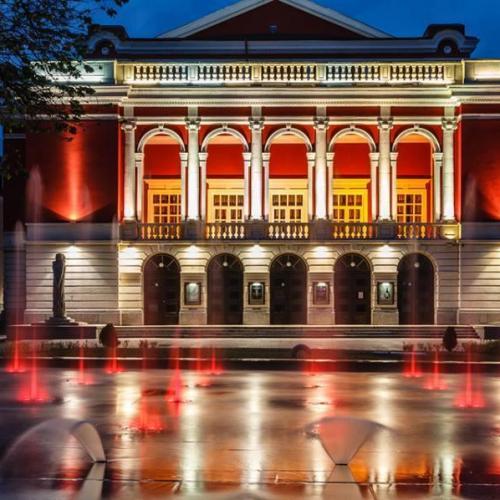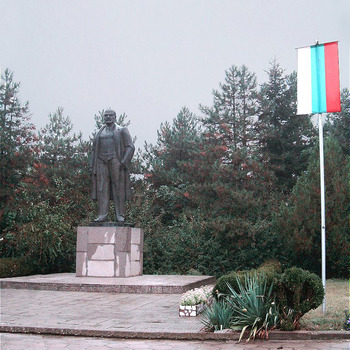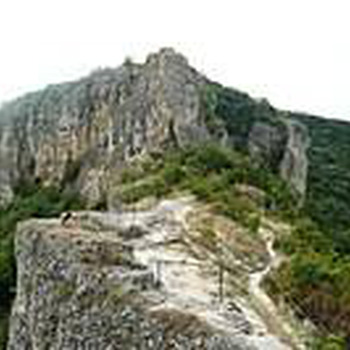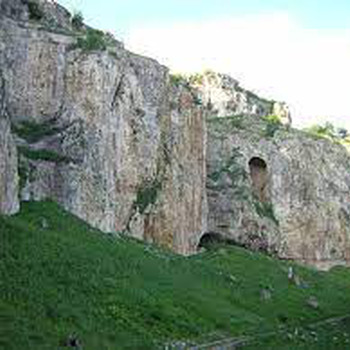Ruse State Opera
Overview
As early as the 19th century, temporary opera, choir and symphony troupes began to form in Ruse, as a result of the serious contact with European musical culture, which reached Ruse via the Danube River. Performances and fragments of various titles are performed with the participation of various choirs and instrumental ensembles, some of which show strong ambitions to create serious opera, such as Tannhauser by Wagner (1901), Hernani by Verdi (1904). , Gounod's Faust (1910), etc. The first serious and permanent structure that performed opera music was the Lyre Music Society, founded in 1891 by A. Paunov and P. Trifonov. Later, various private musical and opera troupes were formed in the city, which with different success presented famous titles from the world opera literature and managed to arouse the interest of Ruse residents in the opera house. As a result of the growing popularity of the opera genre, in 1919 the Opera Friendship was established - the institution that after various transformations today we know as the State Opera - Ruse. Conductors of the ensemble are Dimitar Ivanov and Yordan Minkov, and Bacho Kiro helps a lot for the stage presence. The first premiere was on April 23, 1919 - the opera "Stone and Price" by Ivan Ivanov. In the first years, dozens of performances by Bulgarian composers were performed (many of which are forgotten today), such as "Tahirbegovitsa" by Dimitar Hadjigeorgiev and "Gergana" by Maestro Georgi Atanasov - a title that due to interest in it was placed several times in the period 1929- 1947, but various operettas were also staged, such as The Cornish Bells, The Royal Turkey, Strong as a Turk, and others. In its first years as a state institution, the Ruse Opera existed under a joint administrative management with the Ruse Theater and is housed in the Revenue Building. In 1952, after an extremely successful performance a year earlier at the review of the opera houses in Sofia with Donizetti's Don Pasquale, the opera was now a completely independent administrative unit and its first director as such was Georgi Chendov. The 1955-1956 season was one of the key moments in the history of the Ruse Opera. In 1955, the Ruse Opera exported its season to the city of Sofia with the titles "Pearl Hunters", "Village Honor", "Rigoletto", "Abduction from the Shed" and "Rivals". The same year the new house of the opera house was built - the building that became the emblem of the city of Ruse, where the State Opera - Ruse is still located today. The first premiere of the new Opera was on February 5, 1956 - the operetta "Eugene Onegin" by Tchaikovsky. Ruse Opera is also actively working to promote Bulgarian opera. Operas such as Tsar Kaloyan by P. Vladigerov, Ioannina's nine brothers by L. Pipkov, Ioannis Rex and Maria Desislava by P. Hadjiev, Helen's Kingdom by K. Iliev, The Blue Bird by S. Pironkov or ballets such as The Goat's Horn by Kr. Kyurkchiiski and Nestinarka by M. Goleminov are just some of the series of Bulgarian titles in the troupe's repertoire over the years. The Ruse Opera has records in the golden fund of the Bulgarian National Radio and the Bulgarian National Television. He has participated in many international festivals in Bulgaria and abroad - Switzerland, Austria, Germany, France, Italy and others. The tours in Romania, Greece, Ukraine, Spain, the Netherlands, Belgium, Luxembourg and Portugal are also very successful. Ruse State Opera has been awarded the Crystal Lyre Prize several times - in 2003, 2004, 2006, 2012, 2014. In 2012, the Ruse State Opera received the Crystal Lyre Prize for staging the opera "Nose" by Shostakovich, and after a vote of the listeners of "Allegro Vivace" at the Bulgarian National Radio in 2015 was awarded the prize "Ensemble of the Year" and the prize "Ruse".
Recommended
- Ecomuseum with an aquarium
- Panoramic site Leventa
- Sexaginta Prista Fortress
- Pantheon of the Revivalists
- The Viennese house
- Prince's residence
- King's stone
- Quay
- Regional historical museum;
- Monument of freedom


 Bulgarian
Bulgarian Romanian
Romanian




